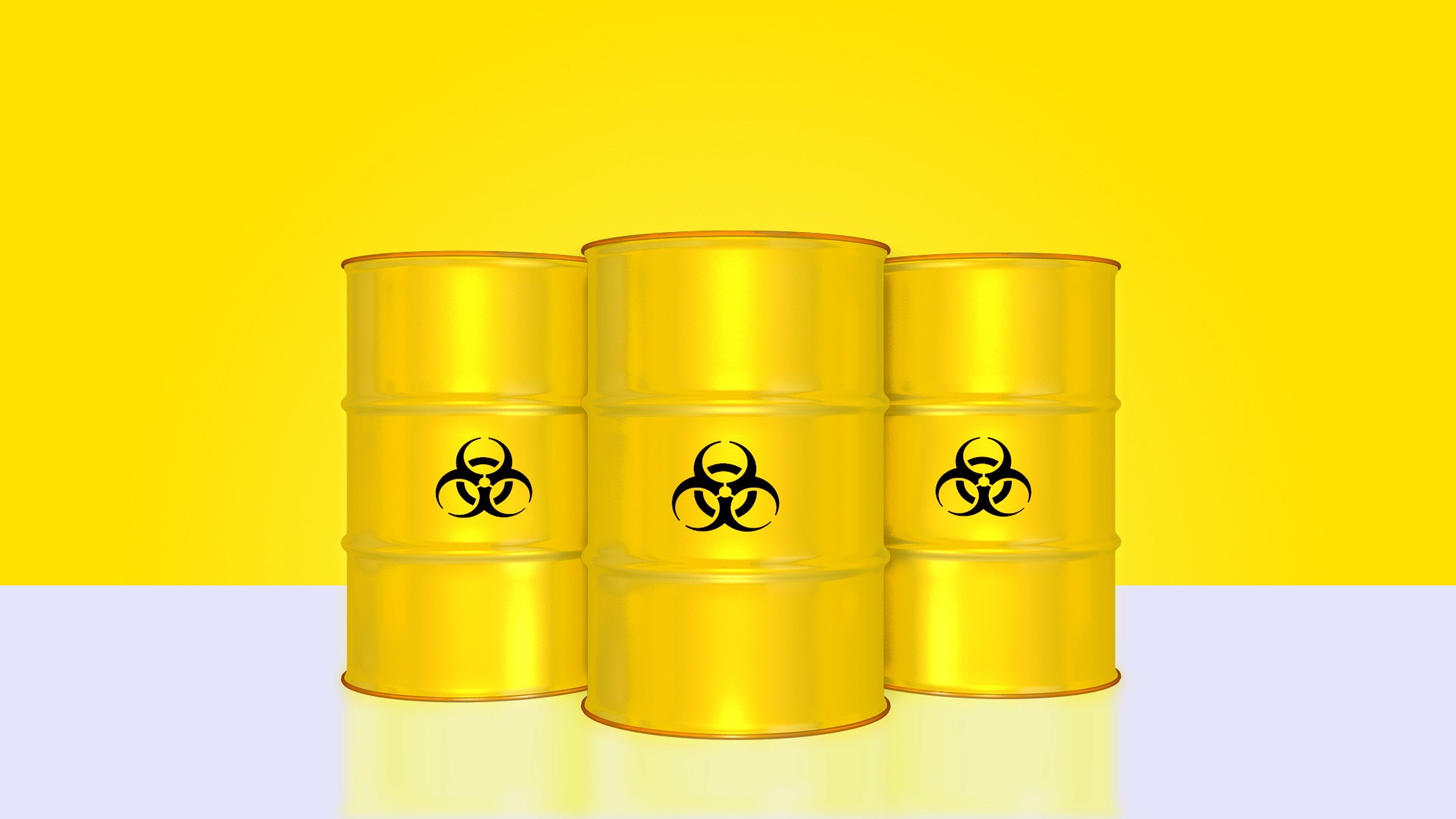36,840 injuries and illnesses happened in the workplace in 2019. These were due to harmful substances in the work environment.
This is why you need to know the hazmat symbols that can help reduce these accidents at work. According to OSHA guidelines, there are nine symbols for hazardous substances at work.
OSHA has a system of pictograms for workplace safety as well as for package labeling.
In order to maintain health and safety at the workplace, the use of safety data sheets along with pictograms is paramount.
History Of Hazmat Symbols
In 1959, The Charlotte Fire Department designed a hazmat symbol system. The idea came after a fire at a nearby chemical plant.
The fire occurred because dangerous materials at the company were not labeled. This incident was a turning point in workplace safety.
The system includes four hazards: health, fire, instability, and specific hazards. Some of these are the nine symbols outlined below.
Later, a global system for classifying and labeling chemicals came about in 2001. It is the globally harmonized system of classification and labeling of chemicals.
Read on to learn about all nine hazmat symbols. They are divided into three sections.
Health-Related Symbols
If you want to maintain the health of your workers, this section is key. The first collection of three symbols have to do with human health and safety.
There is a health hazard warning for materials or substances. These vary from carcinogens to things that are toxic to your internal organs.
An exclamation mark is a pictogram for substances that may cause skin or eye irritation. They might also harm the respiratory tract and more. The symbol also notes a possible danger to the ozone layer.
Materials with a fatal level of toxicity to humans have a label with a skull and crossbones. This eye-catching symbol is one nobody will miss.
Dangerous Materials
Keep your workplace safe by educating your workers on how to handle materials. The following symbols show materials that can be dangerous if mishandled.
A picture of a gas canister shows products where gas is under pressure. Workers must use proper procedures when handling these containers.
The pictogram for corrosion shows these substances can corrode materials around them. They can also be toxic to workers. A symbol showing an exploding bomb represents explosives and items prone to self-react.
Environmental Damage
We all care for the environment. If you want to prevent damage to the environment, these symbols will be the key. There are many chemicals that can damage the surrounding environment.
A graphic of a flame over a circle shows an oxidizer. It is a type of chemical used for projects such as rocket propulsion. It shows the flammability of the material.
The pictogram for environmental damage shows a dead fish and a bare tree. This symbol is not mandatory. Yet, it is important to note these chemicals or substances that can harm the environment.
A flame symbolizes items that are flammable or can heat up by themselves. This category covers materials that can cause fires or other accidents.
OSHA Chemical Labeling Requirements
Materials come with six elements which include the proper hazmat symbols. Each item needs to include the name, address, and telephone number of the manufacturer.
Another need is the product identifier. This can be the name of the chemical, batch, or product number.
Specific signal words are on the label. The word warning is for less dangerous materials. The term danger notes a chemical or substance that can cause immediate harm.
Statements such as “may cause damage to the liver” are part of the required hazard statements by OSHA. Every known hazard is in this section.
Precautionary statements serve as a short set of instructions to the user. They give detailed ideas on how to use the product. Pictograms or hazmat symbols appear on the label.
Safety Data Sheets
In order to comply with OSHA standards, a detailed system called safety data sheets is required. There are ten mandatory sections within these sheets.
Chemicals and Materials
Two sections show the identification of the chemicals or materials. They outline their basic information, hazards, and more.
Ingredients and Concentrations
The third section is extensive. It includes detailed information on the ingredients of the substance and its concentrations.
First Aid
First aid is imperative. You can learn how to treat someone if exposed to harmful substances in this medical section.
Spills and Accidents
There is an area that describes how to contain an accident, leak, or spill. It outlines ways to protect workers and clean up the workplace afterward.
Operations
Knowing how to store, handle and take care of hazardous materials on the job is important. In your data sheets is a section to detail how workers should use these chemicals and substances.
Exposure
Workers must limit their exposure to harmful materials. They can do this by using protective equipment. Proper ventilation and other methods are also employed.
Properties
Each substance has different properties such as its color, odor, flammability, and more. These details come in handy when kept in the datasheets.
It is paramount to understand how materials work together to avoid accidents. Each substance’s reactivity is recorded here.
Symptoms
If chemicals or ingested, inhaled, or get on a worker’s eyes, it can cause serious health issues. Information on how to treat a worker if an accident occurs is important to include.
It includes the symptoms related if an accident were to occur. The data sheets have vital information to avoid workplace injuries and illnesses.
Maintain Safety in Your Workplace
To maintain safety in your workplace, be aware of OSHA safety rules and hazmat symbols. Keeping detailed records helps prevent accidents from happening.
KHA Online SDS has valuable information to move your business forward. regarding safety, record keeping, and more.

